- Brigandine: The Legend of Runersia — an atmospheric console strategy/RPG
I’m about halfway through Brigandine: The Legend of Runersia, which released for Switch in June 2020. At the time, its reviews were good rather than great, and its price tag was rather steep. I kept an eye on it ever since being intrigued by the demo, and my patience was rewarded with a recent sale. I’m glad I took a chance on it.
Brigandine takes place on two levels: a strategic map and tactical battles. The strategic layer is rather light, and resembles a simplified version of a KOEI grand strategy game. There is no base or city building — rather, the focus is on managing Rune Knights and their squads of monsters, sending them to train or quest, moving them between bases, and attacking enemy bases. The key is to carefully manage borders, to avoid having to spread the limited pool of Rune Knights amongst too many fronts.
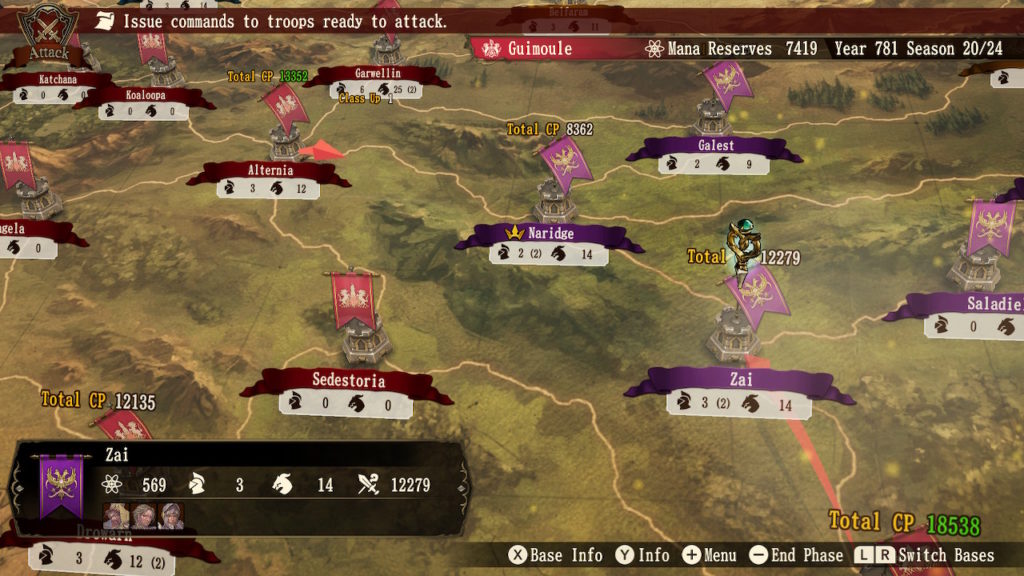
The game’s main focus is the tactical battle layer, which plays out on a hex grid. The goal is to either defeat all enemy Rune Knights, or to control the objective hex (the local castle) when the turn count runs out. Generally, I try to bring a balanced force that includes tough melee monsters for the front line, together with ranged or support monsters which can safely hang further back. Terrain adds a further wrinkle, as some units specialise in certain terrain — for instance, mermaids and giant snakes do best in the water — and incur penalties on other terrain. Victory involves grinding down the enemy front line, clearing a path to attack vulnerable rear-line monsters or Rune Knights, and, often, concentrating fire on the enemy Rune Knights — forcing a Rune Knight to retreat will also remove his or her entire squad from the battle. When up against very tough Rune Knights, sometimes it’s better to go for their monsters instead, as the AI will retreat its remaining Rune Knights when sufficiently outnumbered.
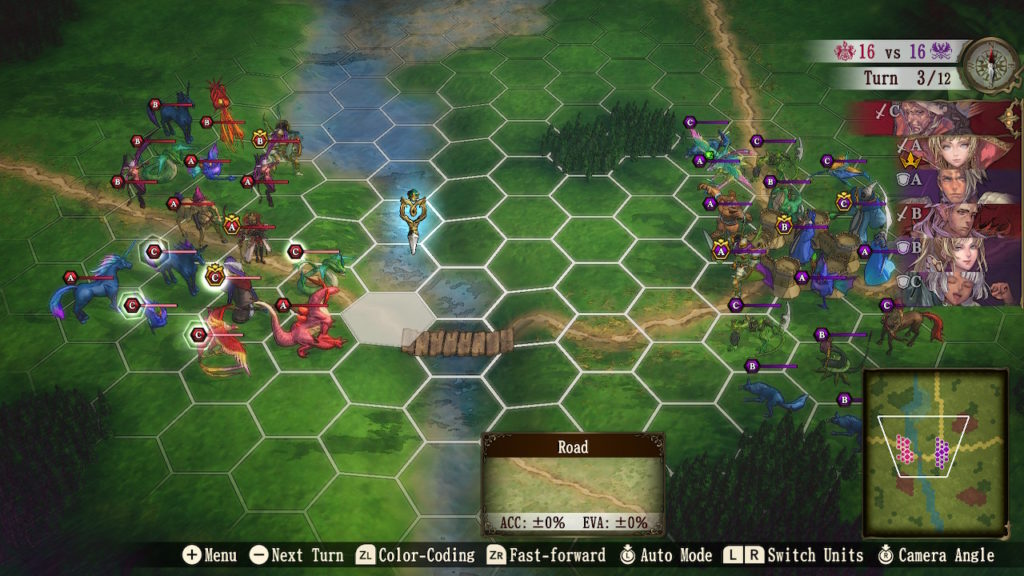
Where this becomes interesting is in the variety of monsters (and Rune Knights) in the game, the interplay on the battle map between terrain, armies, and unit abilities, and the interplay between the two levels of the game. As each Rune Knight is a unique character, “A” and “B” teams tend to naturally form: the best Rune Knights and their squads go to the most important fronts and see the most action, which gives them the most experience. Stacking limits — a maximum of three Rune Knights per side can fight in a battle, and each Rune Knight only has a certain capacity to bring monsters — mean that in any given battle, quality generally beats quantity. At the same time, I do try to spread out experience. There are too many fronts for a single doom-stack to cover; and a roster should have enough depth to survive losing a few high-level units (a principle that will be familiar to XCOM players). The trick is to wear down enemy factions by eliminating their high-level monsters, while keeping most of my own alive.
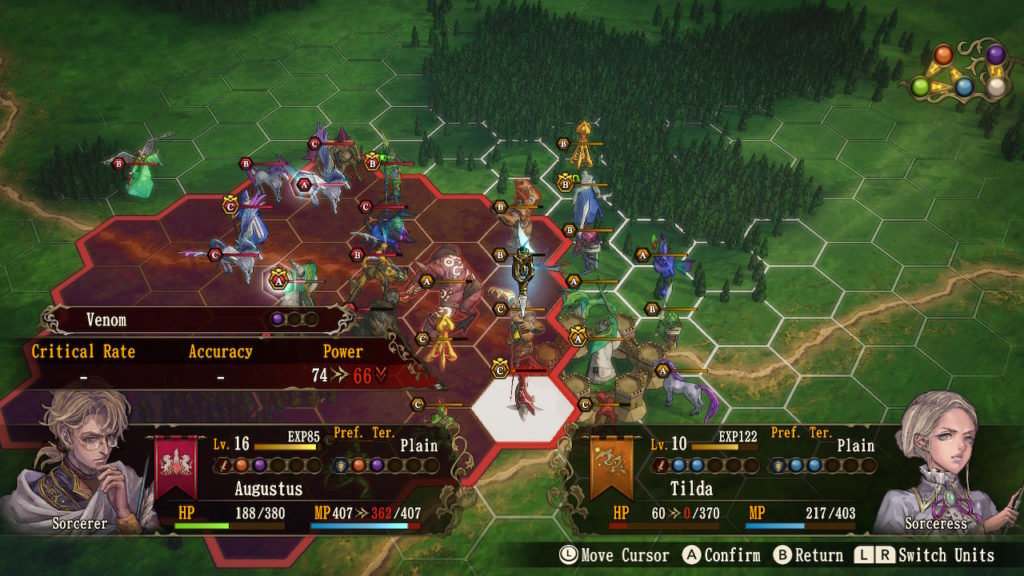
While the game’s AI came in for some criticism at launch, it has since been patched, and I find it’s good enough. The computer tries to keep melee units in front and support units behind, and likes to stack buffs on powerful melee Rune Knights, turning them into wrecking balls. It also seems fond of picking off vulnerable support units if I leave an opening. One weakness is that it sometimes commits forces piecemeal: I’ve seen three Rune Knights and their squads march up separately instead of forming up, which let me defeat them in detail. Still, while I have won every battle, even easier ones (where I have a more powerful army) typically make me work for victory, and some have been utter nail-biters.
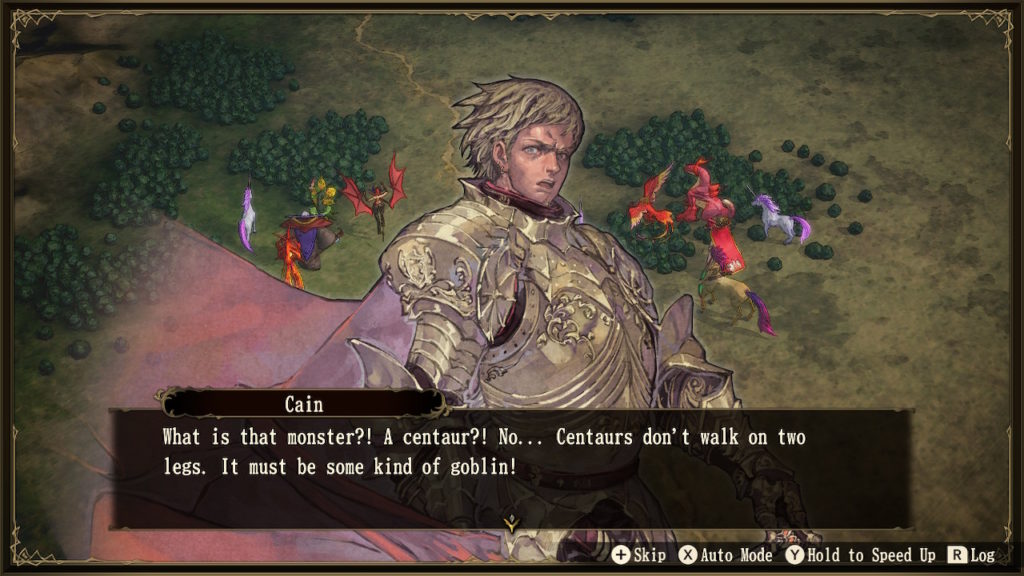
The result has been a engaging experience, complete with the kind of unscripted narratives that tactical RPGs and squad-based strategy games can deliver. Here are some memorable moments from my campaign:
Holding the line at Cornwern: The border castle of Cornwern, where I keep a mix of “A” and “B” squads, has repeatedly held out against the best that the neighbouring kingdom can send. Fortunately for me, a river running through the battlefield gives a large advantage to the defender. Even with this advantage, it hasn’t been easy: in two battles out of three I barely hung on until the turn limit (in one case, falling back from the riverbank). Hold on, Cornwern! I’ll send reinforcements soon.
The Shinobi campaign: The forest-dwelling Shinobi, many of whom have bonuses in that terrain, are a pain to invade. To defeat them, I loaded up my Rune Knights with forest-specialist monsters, and attacked on two fronts to take advantage of my superior numbers.
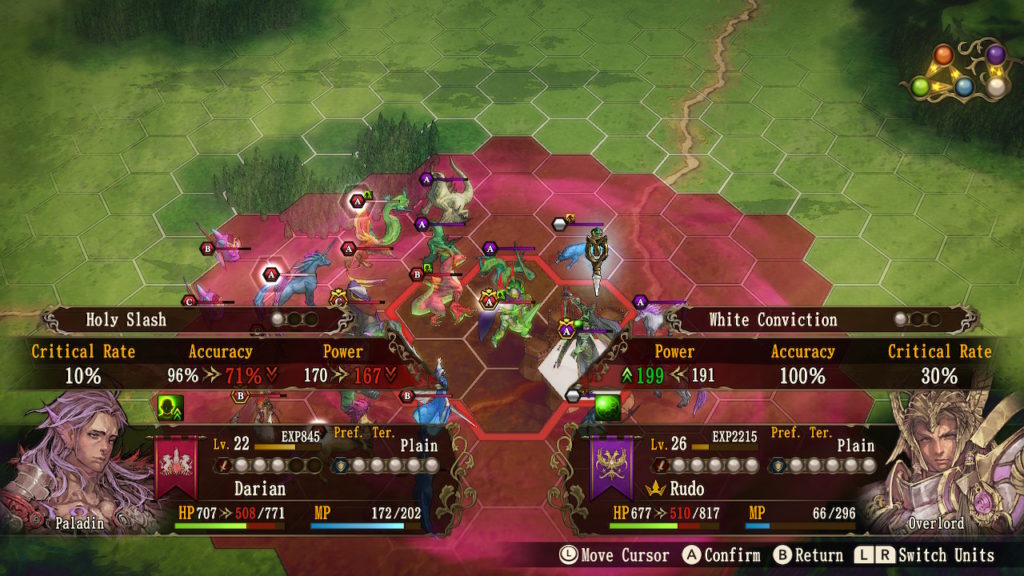
The fall of Mana Saleesia: Mana Saleesia is the resident fantasy evil empire, led by the fearsome Rudo — probably the strongest melee fighter in the game. When he marched into one of my provinces, held by a “B+” squad, I was very glad I had the third-most powerful (behind Rudo!) melee Rune Knight, who could stall him while the rest of my army pelted him with spells. During my grand offensive, I advanced along a broad front, taking care to avoid Rudo himself. And for the final confrontation, I sent in my highest-level, most powerful force. Cornered, Rudo was still dangerous — he one-shotted one of my luckless high-level casters — but even he could not stand before my army.
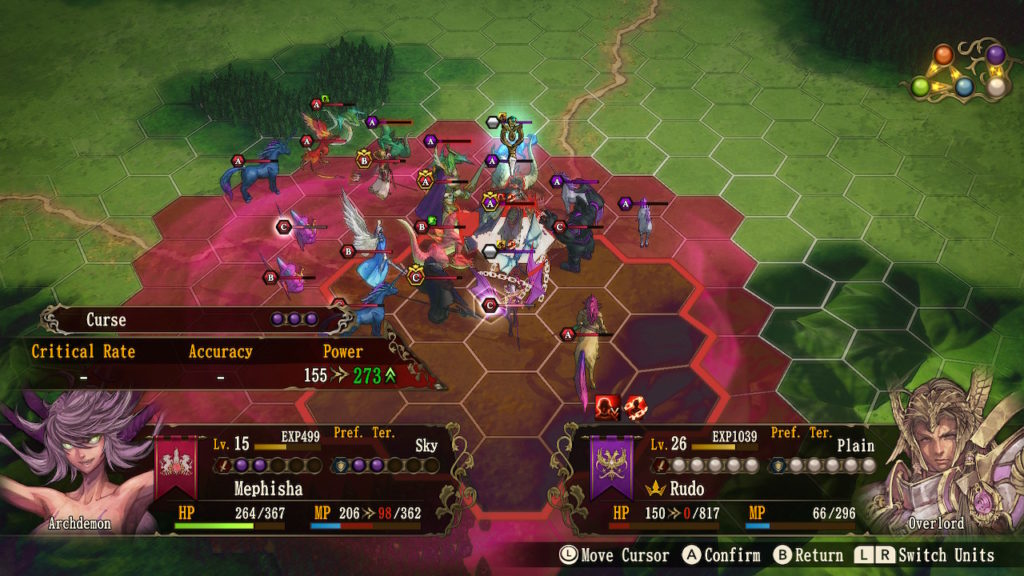
Now, I’ve defeated two of the five enemy factions, and a third is on the ropes. The main risk, I think, is that the remaining game turns into a slog. Still, I’m looking forward to sending my best troops, fresh from their victory over Mana Saleesia, to lead a counterattack on the Cornwern front. Time to give the computer a taste of its own medicine!
Discover more from Matchsticks for my Eyes
Subscribe to get the latest posts sent to your email.